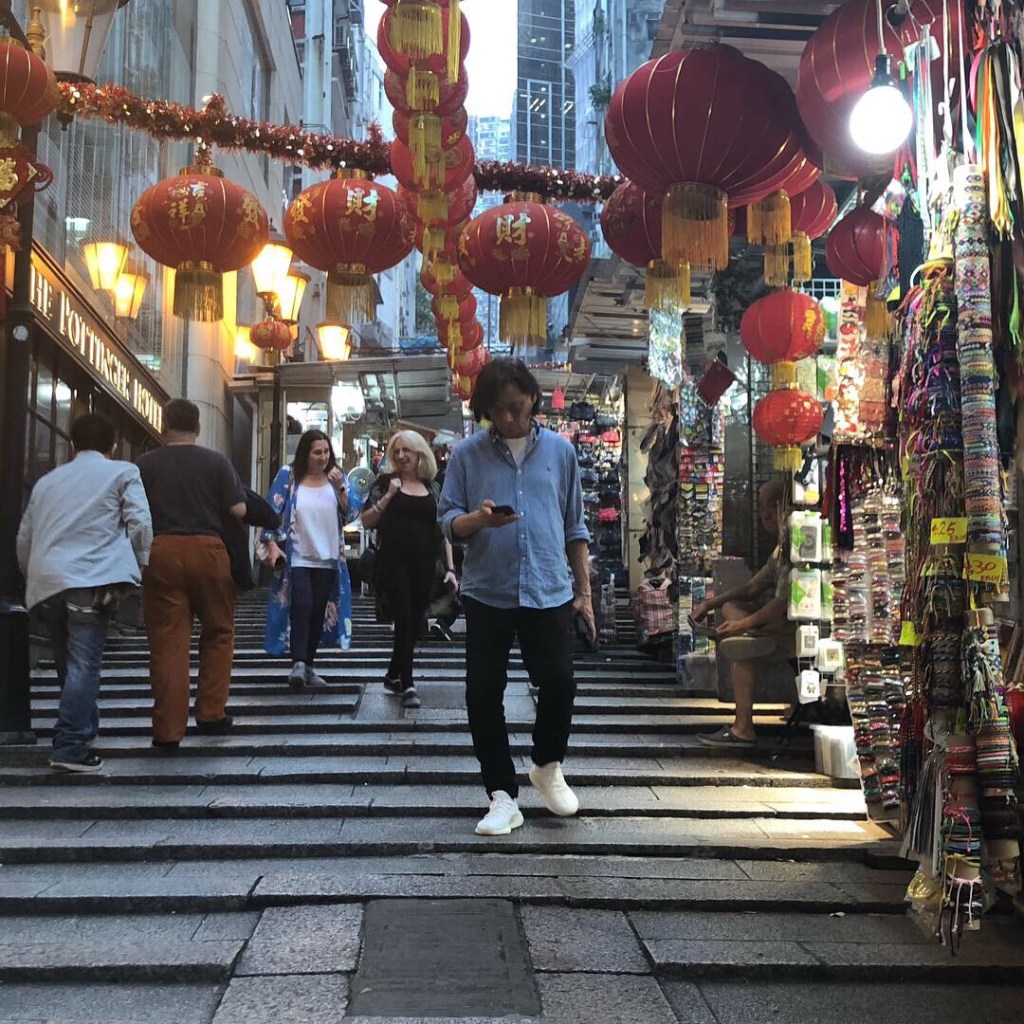Category: Design
-
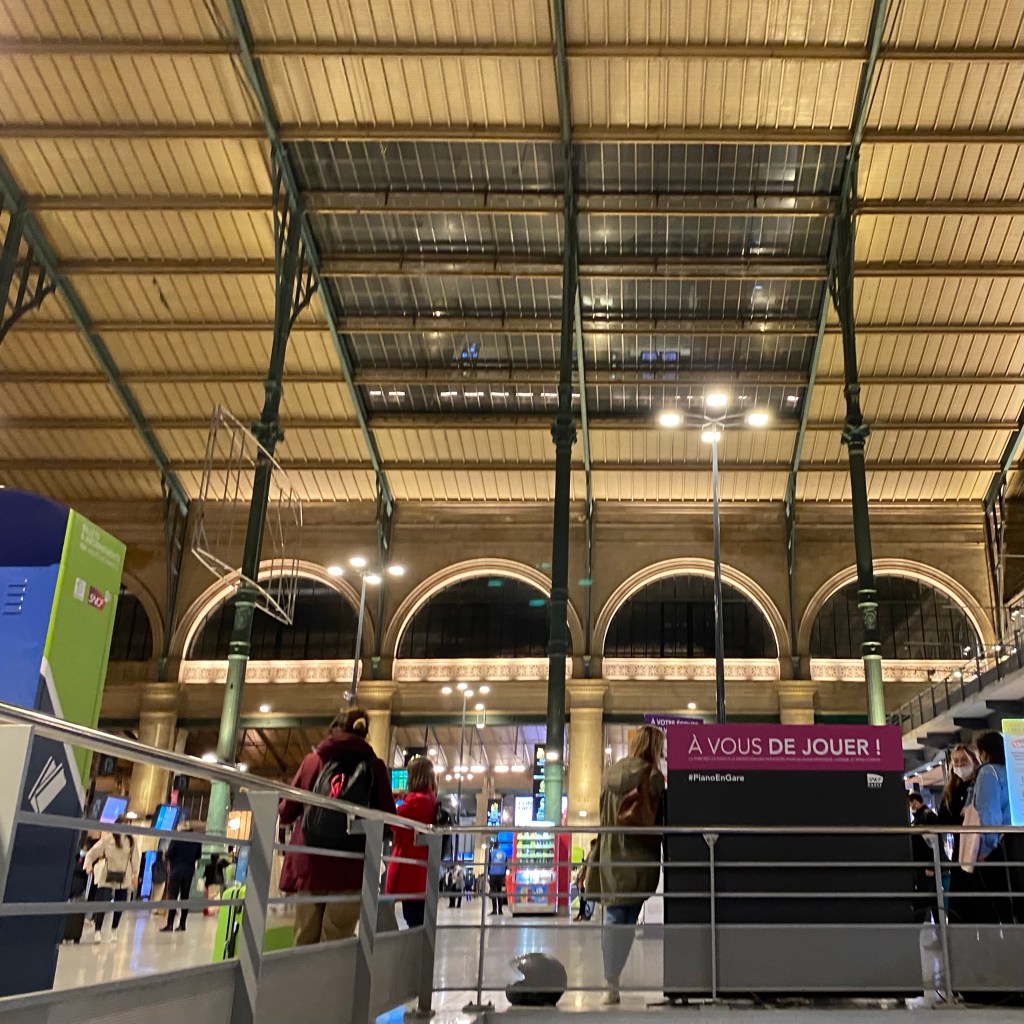
All ravens are crows but not all crows are ravens_Reflections on Transit Oriented Developments & Walkable Urban Centres
Sometimes confused for being the same thing, Transit Oriented Developments (TODs) and Walkable Urban Centres (WUCs) are two distinctly different urban creatures. TODs create efficiencies of urban movement, reducing car-dependency by providing proximity for residents and office workers to public transport infrastructure. WUCs sit at the heart of communities, providing mixed-use environments that foster social,…
-
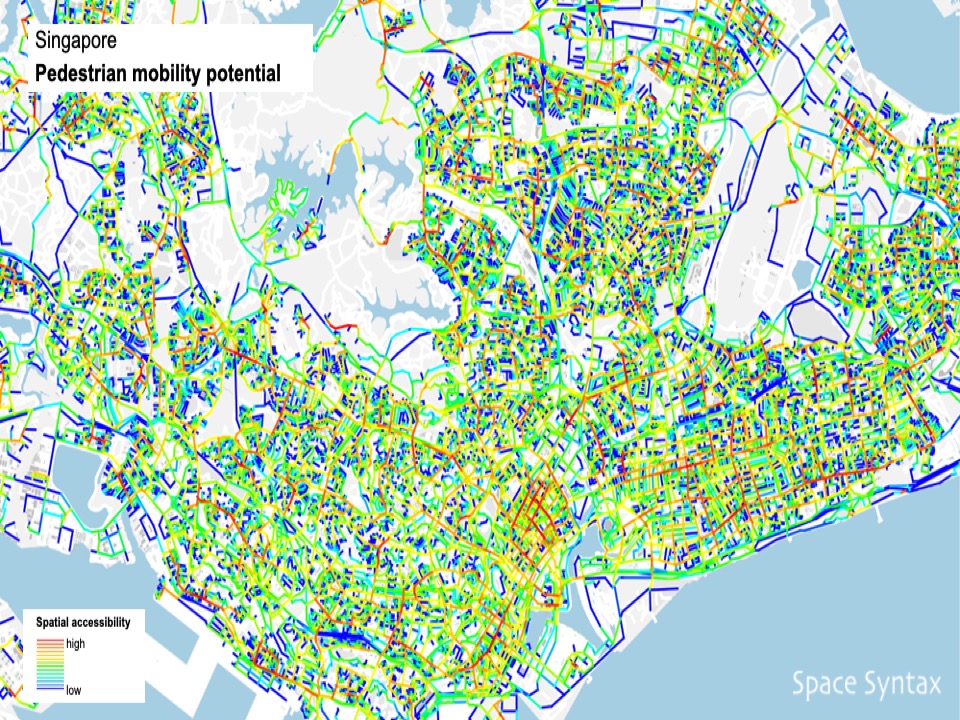
World Cities Summit: leveraging the science of cities
As an architect & urban planner my principal concern is to make cities work for people. This means understanding how their streets connect to either encourage low carbon transport such as walking and public transport. Or, if they’re disconnected, do they lock in car dependence and its carbon impacts?
-

“7Ls” of urban planning & design
Location – where is the site and what’s around it Linkage – where are the principal ways into the site (can any new ones be established?) Layout – the pattern & hierarchy of streets Land use – more than housing? Landscape – the look and feel of the place (covers a lot eg materials, blue/green)…
-
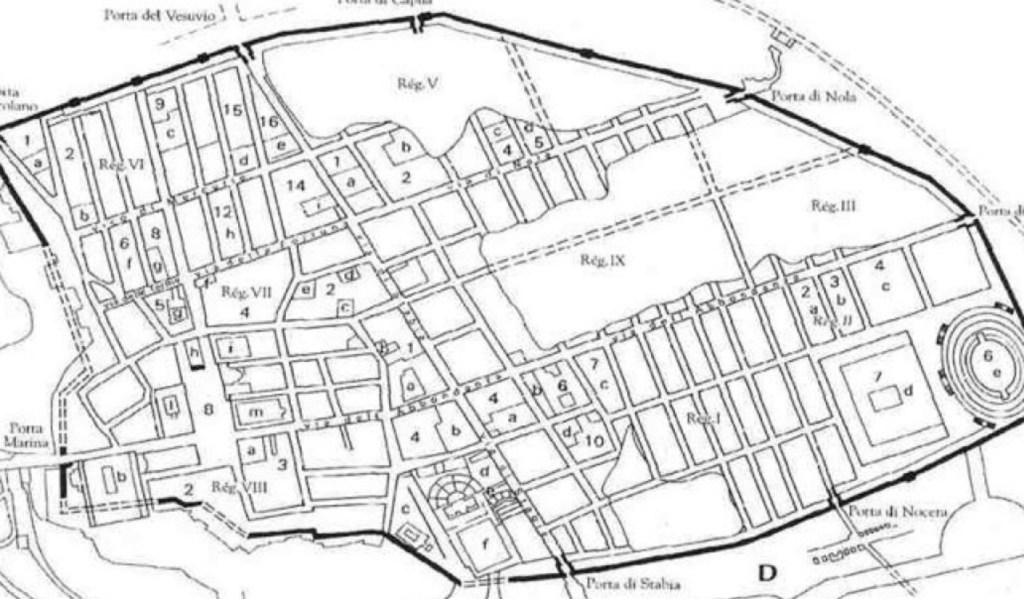
What are the physical & spatial characteristics of sustainable towns & cities?
First, the ability to walk to the place you buy your food. Second, the ability to walk to see friends, go to school, visit a doctor or dentist or catch public transport. ‘Walkability’ requires fine-grained spatial connectivity: simple radial routes from edge to centre to get people to the shops from every direction and then…
-

Ten top tips for community campaigning
1) expect it to be a long run 2) celebrate small victories 3) gather the opinions of local people (local people are local experts) 4) gather the opinions of non-local experts 5) don’t accept “no” as an answer (“no” is an excuse, not an answer) 6) keep a record of everything (because people will come…
-

Good things take time…
Urbanism is a long game. The kids grow up for a start. This morning I met with local town council members & county council officers to discuss a new pedestrian crossing in #Faversham. Only later did I realise this is on exactly the same location as the photo taken 12 years ago for an article…
-

Office or home – where’s the best place to work from in the New Normal?
The question about when we return to work is also a question about how we return to work. For many, remote working has been a revelation. Perhaps not ideal in every respect but certainly helpful in many: the convenience of not commuting, the realisation that Zoom, Teams, Miro, Skype, Whatsapp and other platforms mean it’s…
-

Is physical distancing possible on city streets?
Until a vaccine is found for COVID-19, and perhaps beyond, it will be important to practise physical distancing in towns and cities. Whether this is possible will come down to the “carrying capacity” of the urban infrastructure: in particular, the relationship between Pedestrian Supply in the form of sufficiently wide footways and Pedestrian Demand in…
-
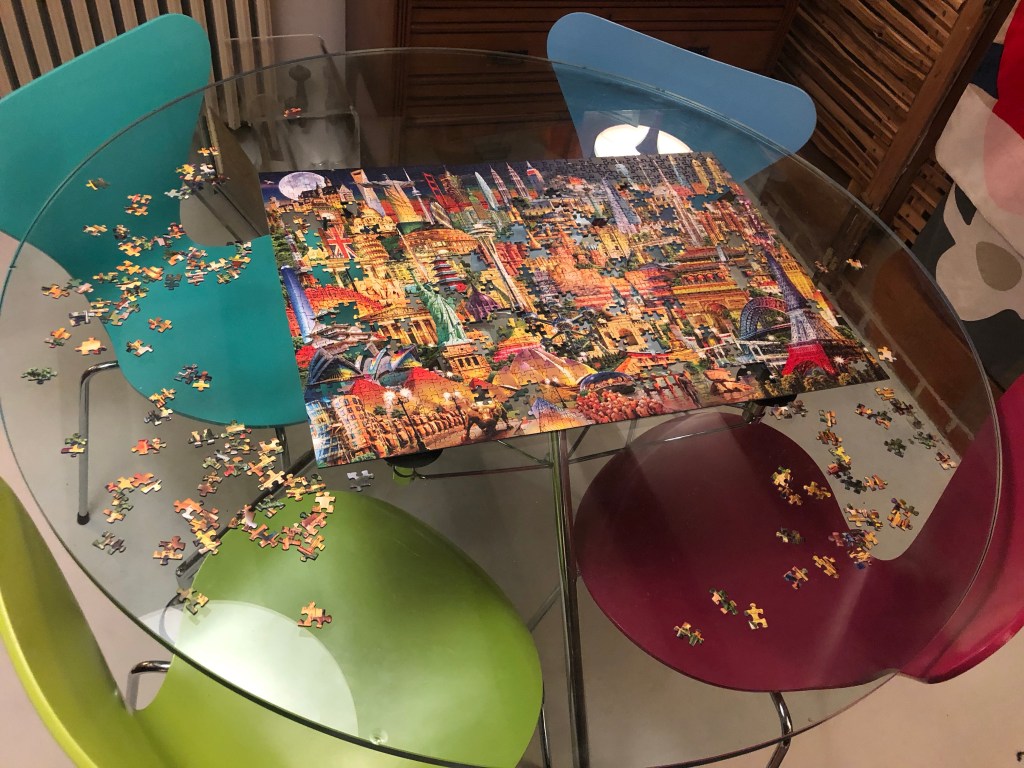
No board rooms, no desks. The office of the future…
Images of future offices, with physically distanced workstations to separate desk-bound workers, seem to miss the point. Offices aren’t for staying apart – they’re for coming together. But how can that be organised in a post-COVID world? Offices have desks because we’ve long thought that people couldn’t or shouldn’t work from home. Attitudes were changing…
-

Reflecting ourselves in the city
What can the form of cities tell us about the structure of the brain? And what can the structure of the brain tell us about the form of cities? These are questions that I’d like to address in this talk. In summary, I believe we can learn a good deal about the interaction between the…
-

Beyond placemaking: 7 dimensions of “Place Performance”
Notes from a talk at the Bartlett Real Estate Institute, University College London, 24th April 2019. Placemaking is the art and science of planning and designing spaces for human activity, however that is done: – by a single hand (usually not a good approach) or by multiple hands (usually a good approach) –…
-

Cities from scratch – Astana Economic Forum
Good afternoon. I’m delighted to be a member of this panel today. Let me start by describing my organisation’s approach to the creation of cities from scratch. Space Syntax is an international urban planning and design studio and has been involved in plans for new cities and new city extensions throughout the world, including here…
-

The return of the impossible – Astana Economic Forum
Good afternoon. It’s an honour and a pleasure to be here in Astana today with this distinguished panel. In speaking about the cities of the future I’d like to speak about three technologies that I think are not only exciting but are also capable of genuinely addressing the “Global Challenges” theme of this Forum. The…
-
Intelligent mobility: risks & rewards
第一页 技术就是答案 Slide 1 Technology is the answer 1966年,塞德里克·普莱斯说,我喜欢一开始就对新技术进行一点质疑。当然,“技术就是答案”。他也强调:“不过问题是什么?”。 I’d like to begin with a little scepticism about new technology. Of course “Technology is the answer“, said Cedric Price in 1966. He also said, “But what is the question?” 这些问题就是我们试图去获得无人驾驶技术。 What are the questions that we are trying to answer in the pursuit of autonomous…
-
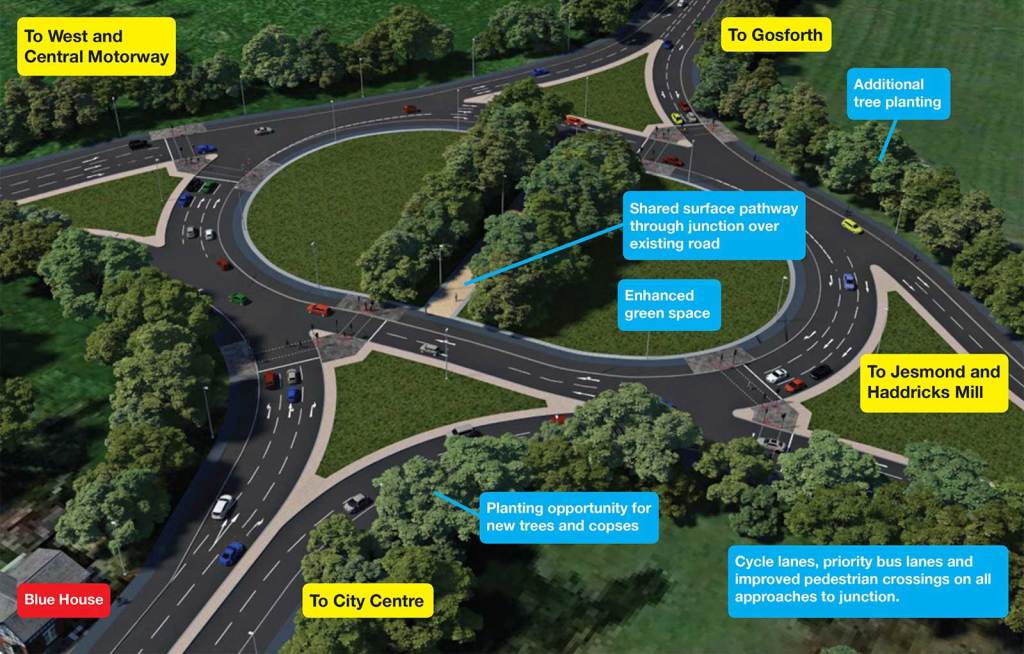
A velvet revolution for the Blue House roundabout – Newcastle City Council to think again
Massive popular opposition to plans for a disfiguring roundabout leads to the City Council announcing this evening that it will go back to the drawing board. This is a positive development. A working group will now be established to look at alternative plans. Jesmond Local press article YouTube clip of Cllr Bell’s statement
-

Growth. Are you old school or new school?
There are two different schools of thought about how to accommodate urban growth. The first says that cities should build more road capacity to handle private vehicle traffic. The second says that less space should be provided for private vehicles and more investment should be made in public transport and “active travel” i.e. walking and cycling.…
-

Backwards plans for Newcastle’s Blue House Roundabout
Newcastle City Council’s plans for the Blue House Roundabout are appalling and unnecessary. I know the junction and have walked and driven across it more times than I can remember. The last thing it needs is what is proposed and I intend to do what I can to help stop the scheme. There is already…
